Sewage line backups can cause significant disruptions and potential health hazards. Knowing how to respond promptly and effectively is crucial. Follow this step-by-step guide from J Blanton Plumbing to handle a sewage line backup emergency in the North and Northwest Side of Chicago.
Step 1: Assess the Situation
Upon discovering a sewage backup, assess the extent of the problem. Determine if it's a localized issue or affecting multiple fixtures in your home.
Step 2: Ensure Safety
Safeguard your health by wearing protective gear such as gloves, goggles, and a mask. Avoid direct contact with sewage water, as it may contain harmful bacteria.
Step 3: Stop Water Usage
Immediately stop using water in your home to prevent further backup and minimize damage. Avoid flushing toilets, running sinks, or using appliances connected to the sewage line.
Step 4: Locate the Main Sewer Line Cleanout
Identify the main sewer line cleanout access point in your home or property. It's typically located in the basement, utility room, or outside near the foundation.
Step 5: Open the Cleanout
Carefully open the main sewer line cleanout using appropriate tools such as a wrench or pliers. Be prepared for water or sewage discharge when opening the cleanout.
Step 6: Release Pressure
Slowly release pressure from the sewage line by opening the cleanout. This can help alleviate the backup and reduce the risk of sewage overflow in your home.
Step 7: Call a Professional Plumber
Contact a licensed and experienced plumber like J Blanton Plumbing immediately. Inform them of the sewage backup emergency and provide details about the situation.
Step 8: Document and Photograph
Document the damage and take photographs or videos of the affected areas before cleanup or repairs begin. This documentation can be valuable for insurance claims and assessment.
Step 9: Cleanup and Disinfection
Once the sewage backup is under control, begin cleanup and disinfection procedures. Use appropriate cleaning agents and disinfectants to sanitize affected surfaces and materials.
Step 10: Prevent Future Backups
Work with your plumber to identify the root cause of the sewage backup and implement preventive measures. This may include sewer line inspections, repairs, or upgrades to prevent future incidents.
By following these steps and working with a professional plumber like J Blanton Plumbing, homeowners in the North and Northwest Side of Chicago can effectively manage sewage line backup emergencies and minimize damage to their property.











